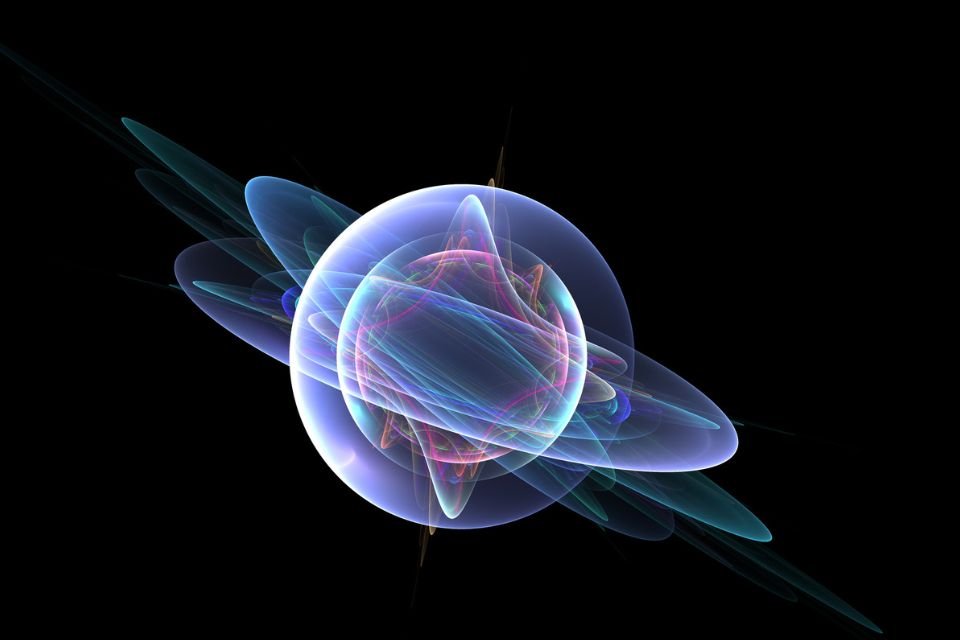In the second half of the 20th century it became clear that Protons could swing like a bell. For the last 30 years, scientists have devoted themselves to researching this topic, and now we have 3D visualizations that reveal the mystery of the proton at its most relaxed. But the three-dimensional complexity of a vibrating proton still remains a mystery.
A new study conducted by the Thomas Jefferson National Accelerator Facility of the US Department of Energy, aims to investigate the 3D architecture of resonant protons and neutrons. According to the researchers, the fundamental properties and dynamic behavior of nucleons (protons and neutrons that make up the atomic nucleus) may provide new insights into the fundamental matter produced in the early universe.
within each nucleon quark tripletsThanks to the most formidable force and strong interaction there is, they are glued together by glue-like particles called gluons. When brought into a high energy state, the constituent quarks of a nucleon spin and repel each other, resulting in nucleon in the “resonant” state.
To solve this, a group of researchers from Justus Liebig University in Giessen, Germany, and the University of Connecticut in the United States jointly undertook the CLAS Collaboration. The team conducted their experiments at the Electronic Beam Acceleration Facility (CEBAF), which is considered a center worldwide facilitating electronic beam acceleration activities. Moreover 1,800 nuclear physicists worldwide.
Researcher Stefan Diehl of JLU Giessen and the University of Connecticut says the study sheds new light on the subject. Basic Properties of Nucleon Resonances. Fundamental work already being undertaken encourages closer examination of the oscillating proton’s 3D environment and how it reaches its resonance state.
During the study, which began in 2018, the researchers initiated a high-speed electron flow into the icy hydrogen gas chamber using the CLAS12 detector in Jefferson Lab’s Experiment Hall. The electron bombardment activated dormant protons and caused vibrations in their inner quarks; this led to the resonance of the nucleon paired with the presence of a quark-antiquark, commonly known as a meson.
While these resonances are temporary, they leave an indelible footprint: new particles produced from the residual energy of the excited state. These newborn particles last long enough to be detected, thus allowing the resonance phenomenon to be reconstructed.
Diehl explains that these studies will help to understand the infant plasma phase of the universe, which consists only of quarks and spinning gluons and eventually turns into matter as we know it.
Do you have any question? Tell us about our social networks and take the opportunity to share the post with your friends.
Source: Tec Mundo
I’m Blaine Morgan, an experienced journalist and writer with over 8 years of experience in the tech industry. My expertise lies in writing about technology news and trends, covering everything from cutting-edge gadgets to emerging software developments. I’ve written for several leading publications including Gadget Onus where I am an author.













